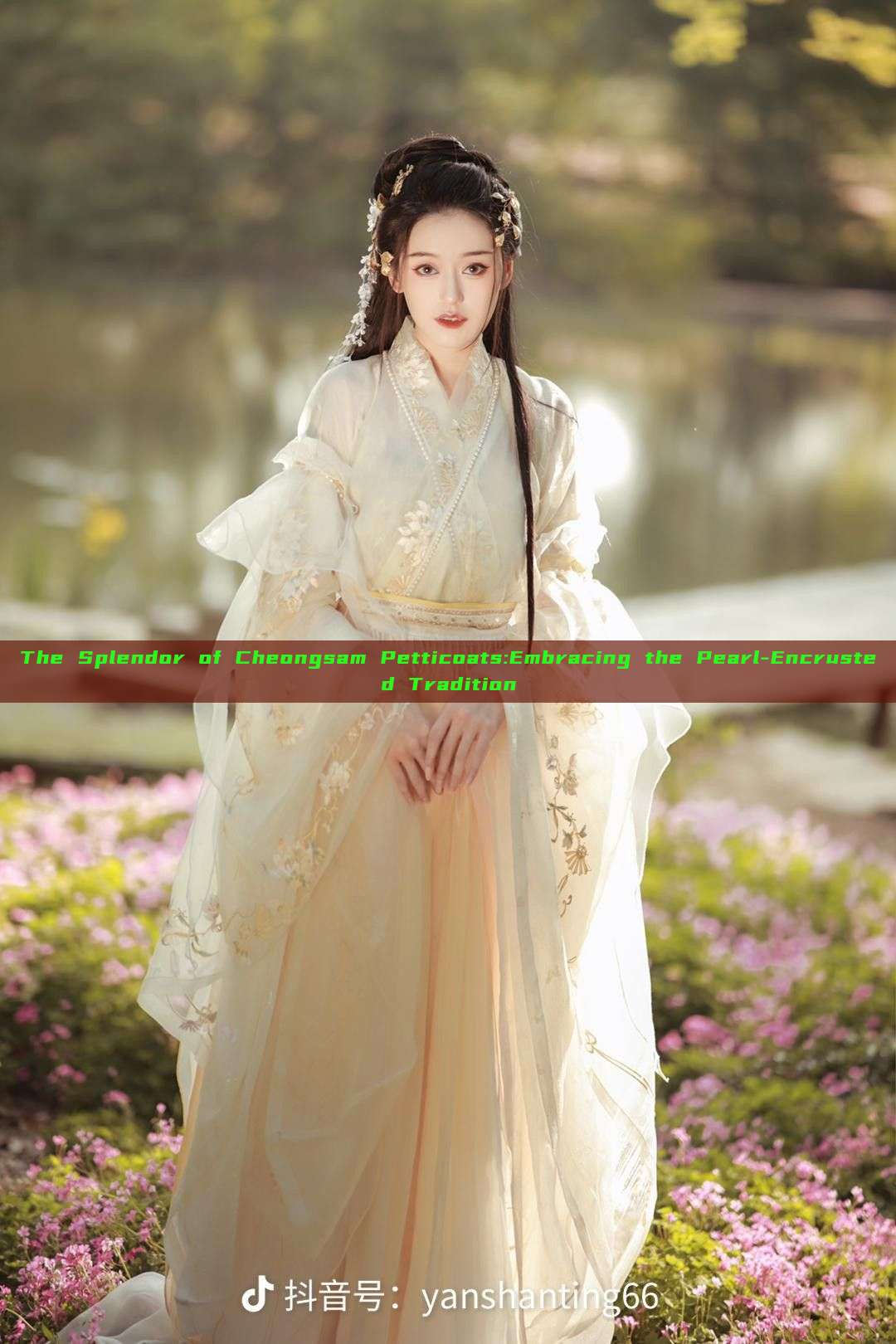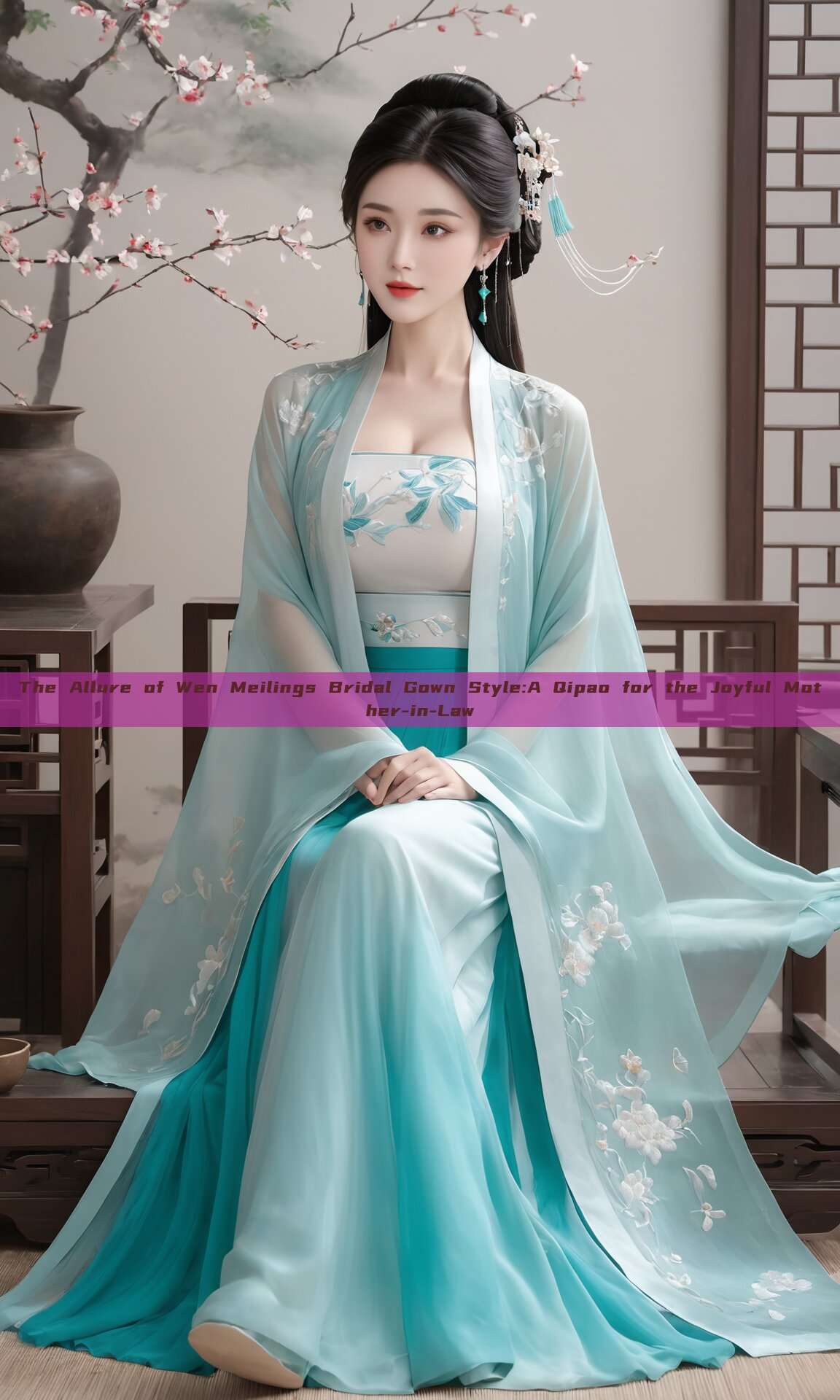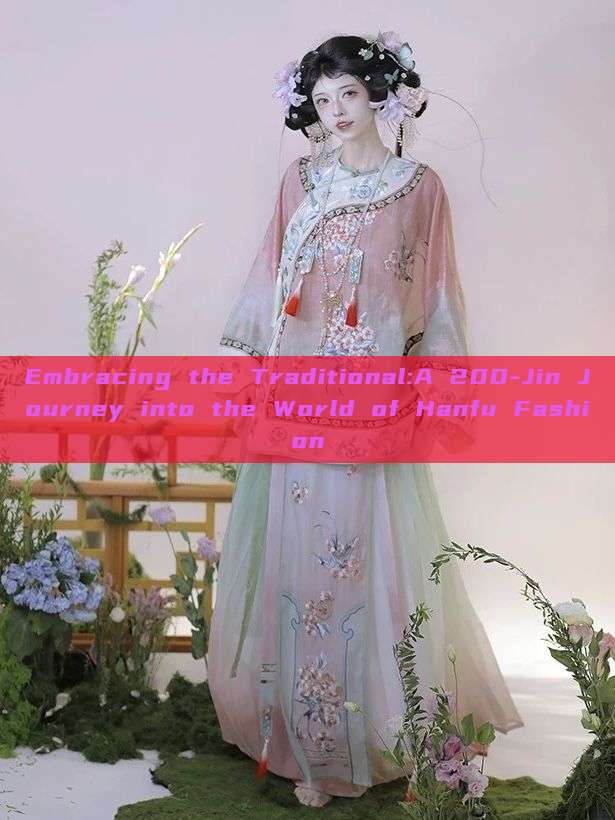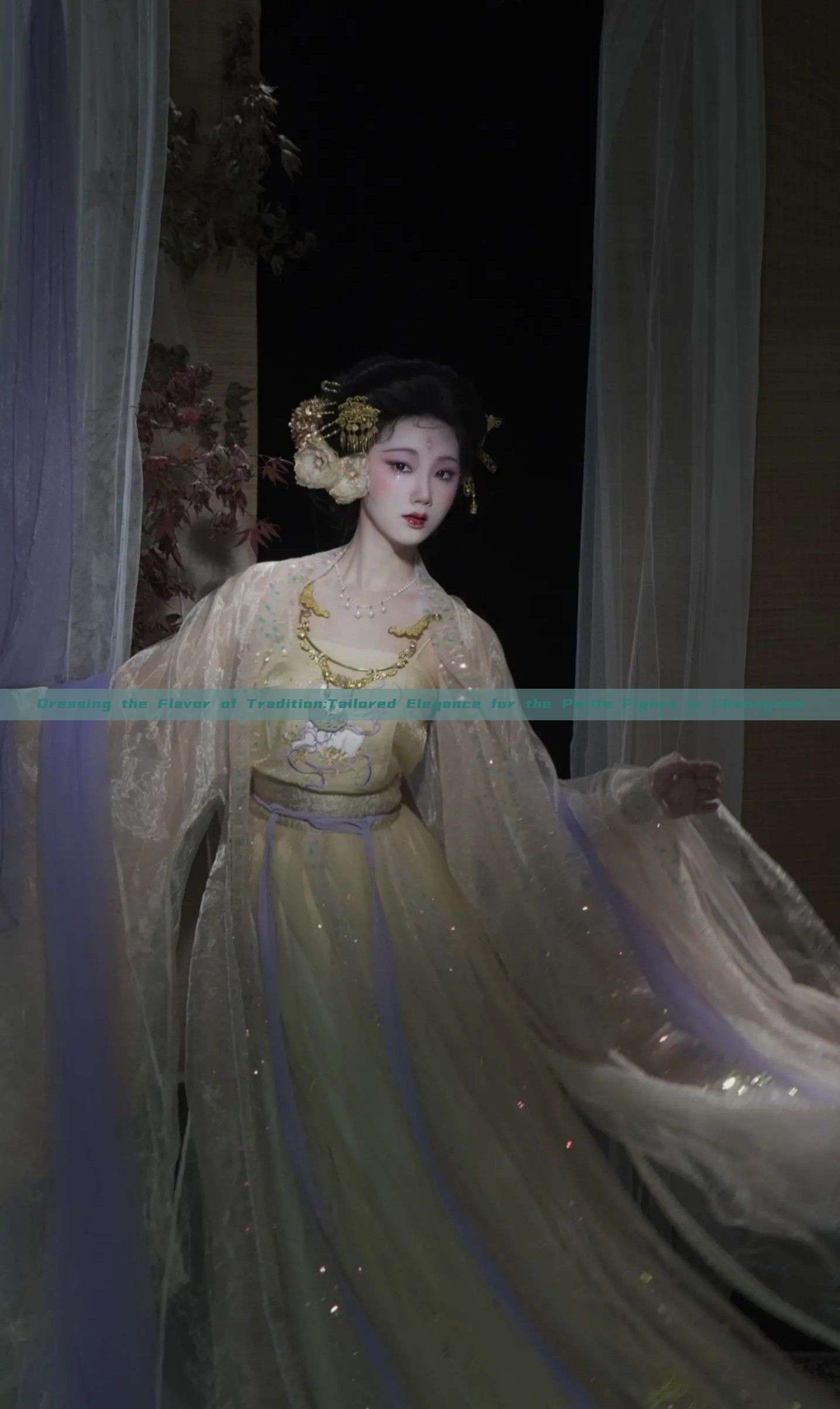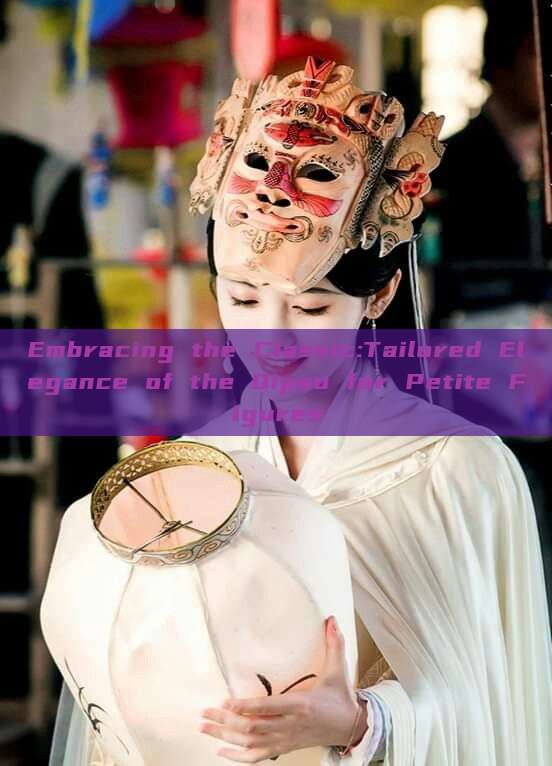In the realm of traditional Chinese fashion, the cheongsam stands as a timeless symbol of elegance and grace. A pivotal aspect of this exquisite garment is its fabric, a dedicated material that embodies the essence of centuries-old craftsmanship and cultural heritage. Let us delve into the world of cheongsam’s exclusive fabric and its unique qualities.
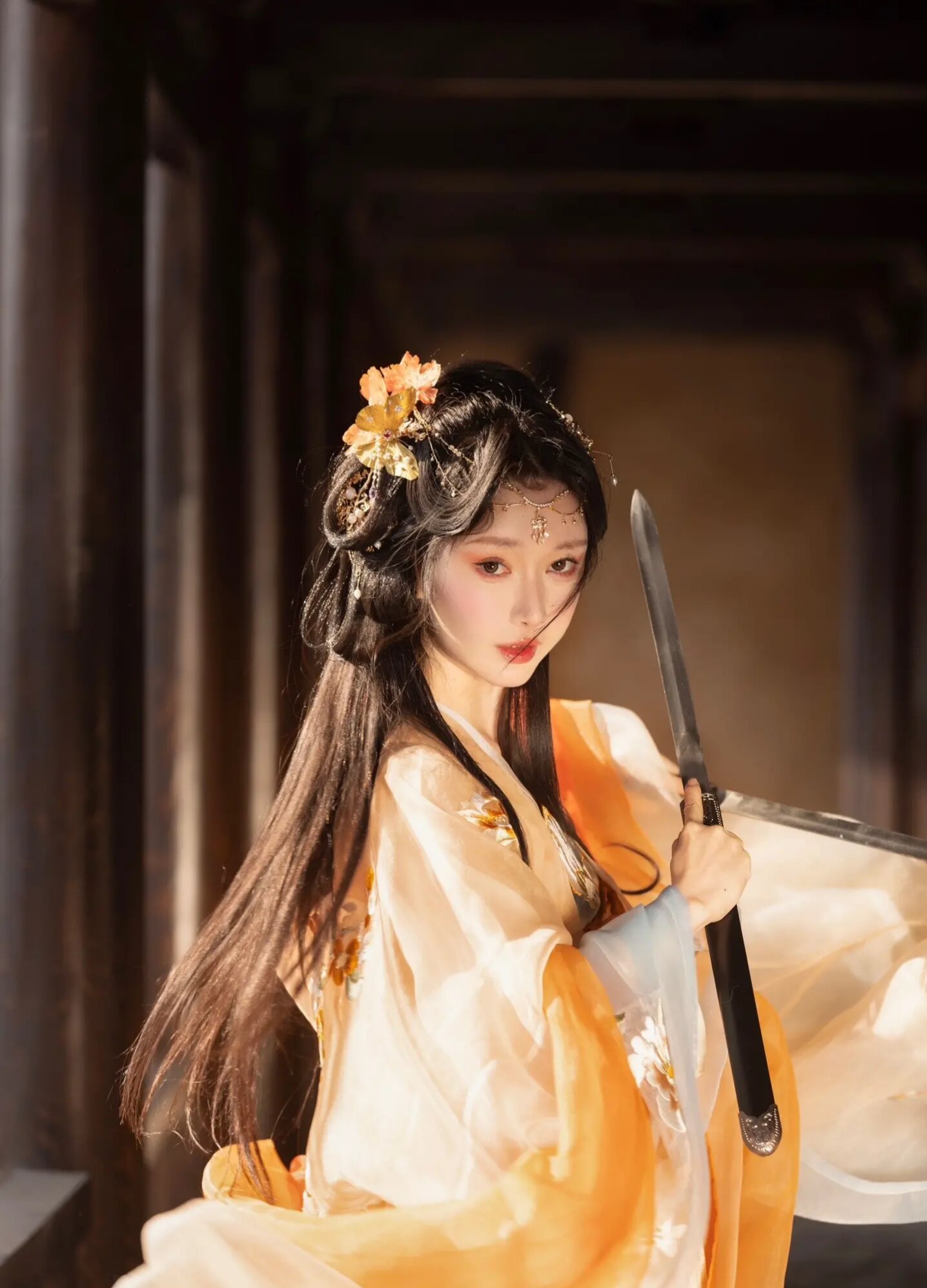
The cheongsam, often referred to as a ‘qipao’ in Chinese, is a traditional dress that dates back to the early 20th century. Its design and cut are as intricate as its material, which is usually a soft, smooth, and luxurious silk. However, the fabric used for cheongsam is not just limited to silk; it also encompasses various other materials like synthetic fibers, cotton blends, and even some modern alternatives to cater to different needs and fashion trends.
The quality of the fabric is paramount in determining the overall look and feel of the cheongsam. The material should be chosen meticulously to ensure its durability, comfort, and aesthetic value. Silk remains the most preferred material for cheongsam due to its natural shine, softness, and ability to drape beautifully. It also offers excellent breathability and comfort, making it ideal for wearing during various occasions.
The exclusive fabric used in cheongsam often features intricate patterns and designs that are integral to its cultural significance. These patterns are often woven or embroidered into the material, adding a touch of artistry and richness to the garment. The designs often incorporate traditional Chinese elements like flowers, birds, clouds, and geometric patterns, which are not only visually appealing but also symbolize good luck and prosperity.
In addition to the patterns, the texture of the fabric is also crucial in creating the desired look and feel of the cheongsam. The material should be smooth and soft to touch, yet strong and resilient enough to withstand daily wear and tear. This balance between elegance and durability is achieved through careful selection of materials and meticulous craftsmanship.
Moreover, the exclusive fabric used in cheongsam is often hand-woven or hand-stitched, ensuring a high level of precision and quality control. These traditional techniques further enhance the uniqueness and value of the garment, making it a prized possession for many. The skilled craftsmanship involved in creating these fabrics also ensures that each cheongsam is a unique piece that tells a story about its maker and wearer.
With changing times, the material used in cheongsam has also evolved. While silk remains a popular choice, synthetic fibers and blends have become more common due to their affordability and ease of maintenance. These modern materials offer similar aesthetics and comfort but may lack some of the traditional craftsmanship and cultural significance.
However, even with these modern alternatives, the essence of the exclusive fabric used in cheongsam remains unchanged. It continues to embody the legacy of centuries-old craftsmanship, cultural heritage, and traditional values. The material used in cheongsam not only reflects the beauty of the garment but also serves as a medium to tell stories about its wearer’s cultural identity and values.
In conclusion, the exclusive fabric of cheongsam is a pivotal aspect of this traditional Chinese garment. It embodies the essence of centuries-old craftsmanship and cultural heritage, offering a unique blend of elegance, comfort, and durability. The material’s intricate patterns, texture, and skilled craftsmanship make it a prized possession for many. As we move forward in time, it is essential to preserve this legacy and continue to pass it down to future generations. The exclusive fabric of cheongsam stands as a testament to China’s rich cultural heritage and continues to inspire designers and fashion enthusiasts worldwide.

